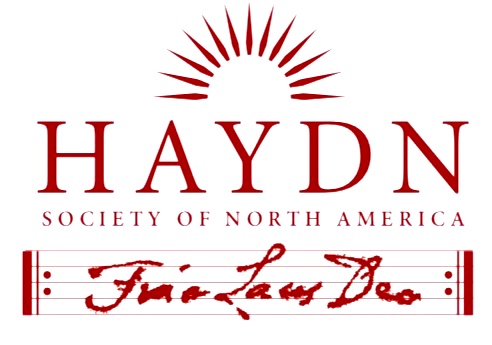
Document Type
Work in Progress
Abstract
During the classical era, full-size church organs were used in the performance of concerted sacred music. Historical evidence such as treatises and surviving organs offer useful information that can be used to reconstruct organ continuo performance practices. In spite of this evidence, modern performances and recordings of this repertoire often make use of small positive organs that cannot match the capabilities, timbre, and dynamics of larger instrument. Furthermore, the continuo realizations published in modern performance editions rarely reflect the style and techniques of historic practice.
This article explores issues in the performance practice of continuo playing on large church organs in the late eighteenth century, with a particular focus on the sacred concerted works of Joseph Haydn. This discussion includes the use of the pedals and multiple manuals; registration practice; questions of phrasing, touch, and articulation; voicing, density, and register; and pitch standards, transposition and temperament. A newly-prepared continuo realization and audio recording from a historically-informed performance of Haydn's Mass in B-flat, Hob. XXII:12 Theresienmesse demonstrates the practical application of these concepts.
Recommended Citation
Mueller, Tom
(2017)
"Towards the Recovery of Authentic Organ Continuo Practice in Haydn's Concerted Sacred Music,"
HAYDN: Online Journal of the Haydn Society of North America: Vol. 7, Article 2.
Available at:
https://remix.berklee.edu/haydn-journal/vol7/iss2/2
Included in
Music Education Commons, Musicology Commons, Music Pedagogy Commons, Music Performance Commons, Music Practice Commons, Music Theory Commons
© Haydn Society of North America ; Boston: Berklee Library, 2017. Duplication without the express permission of the author and/or the Haydn Society of North America is prohibited.


